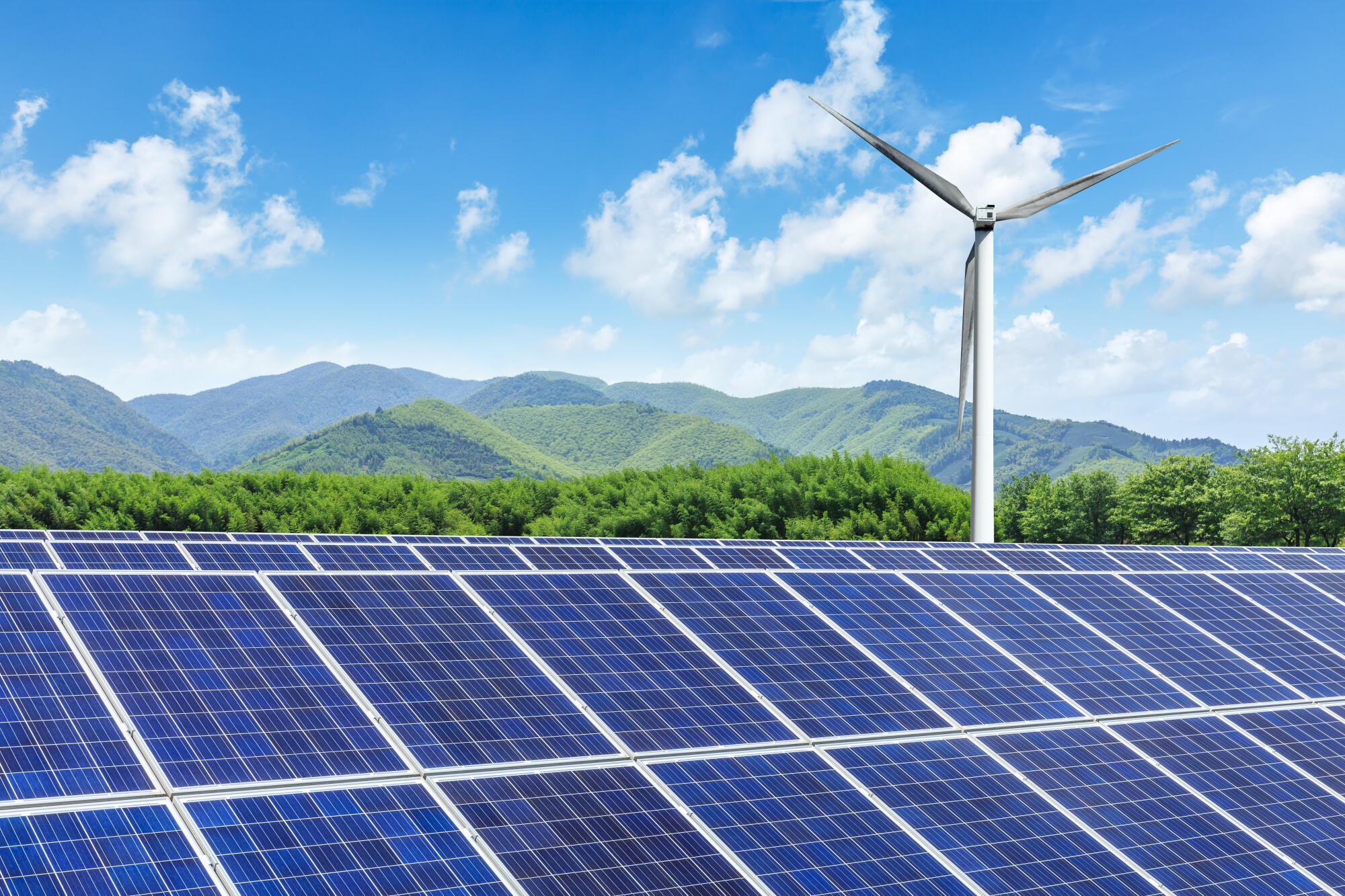
From Battery Banks to Thermal Storage: Comparing Solar Energy Storage Methods
Solar energy is rapidly becoming a popular choice for sustainable power. Yet, one of the critical challenges in adopting this green energy source is efficiently storing it. In this blog post, we will explore ways to store solar energy.
We will provide insights to help you pick the best one for your needs. The methods can empower you to make informed decisions. They apply to eco-conscious homeowners and businesses.
Read on to learn more about the solar energy storage methods.
Battery Storage Systems
Battery storage systems are one of the most common methods for storing solar energy. These systems use rechargeable batteries to store electricity generated by solar panels.
The batteries are connected to a solar inverter. It changes the solar panel’s direct current (DC) into the household’s alternating current (AC).
Benefits of Battery Storage
One of the primary advantages of battery storage systems is their efficiency. They can store a lot of energy. They provide reliable power even during long periods without sunlight.
Limitations of Battery Storage
Despite their many benefits, battery storage systems have some drawbacks. The initial installation cost can be high.
Also, batteries have a limited lifespan and need periodic replacements. Furthermore, disposing of old batteries can pose environmental challenges.
Thermal Energy Storage
Thermal energy storage involves using solar energy to heat a thermal medium, such as water, salt, or specialized fluids. The stored heat can later be used to generate electricity or provide heating.
Advantages of Thermal Storage
Thermal energy storage is highly efficient and can store large amounts of energy for extended periods. It is very useful for industry. The industry needs steady, large energy supplies.
Challenges of Thermal Storage
One of the main challenges with thermal storage is the complexity of the systems. They require significant space and infrastructure, making them less suitable for residential use.
Additionally, the setup costs can be high. But, the long-term savings and efficiency can offset them over time.
Pumped Hydro Storage
Pumped hydro storage is a well-established method. It uses extra solar energy to pump water up from a lower reservoir to a higher one. When energy is needed, the stored water is released back down through turbines to generate electricity.
Benefits of Pumped Hydro Storage
Pumped hydro storage systems are very efficient. They have a proven record for reliable energy storage. They can store vast amounts of energy and deliver power quickly during peak demand periods.
Drawbacks of Pumped Hydro Storage
The main drawback of pumped hydro storage is the geographical requirement. It necessitates specific terrain features. This limitation makes it unsuitable for many locations.
Compressed Air Energy Storage
CAES uses solar energy to compress air. It stores the air in underground caverns or tanks. When energy is needed, the compressed air is released and heated, driving turbines to generate electricity. This method leverages mechanical energy storage.
Advantages of Compressed Air Storage
CAES systems store a lot of energy. They can provide long-term storage solutions. They are also relatively low-cost compared to other storage methods and have a long operational life.
Challenges of Compressed Air Storage
One of the main challenges with CAES is the efficiency loss during the compression and decompression processes. Also, the need for good geologic formations for underground storage limits CAES in some areas.
Hydrogen Energy Storage
Hydrogen energy storage involves using solar energy. It splits water into hydrogen and oxygen. The hydrogen is then stored and can be used later to generate electricity through fuel cells or combustion engines. Hydrogen storage leverages chemical energy storage.
Benefits of Hydrogen Storage
Hydrogen storage offers a high energy density and can store energy for long periods without significant losses. It provides a versatile solution. Hydrogen can be used for many things, such as transportation, industry, and home power.
Limitations of Hydrogen Storage
The main limit of hydrogen storage is the efficiency loss. It happens during the electrolysis and conversion processes.
The infrastructure for making, storing, and moving hydrogen can be costly and complex. Safety concerns related to hydrogen storage and handling also need to be addressed.
Flywheel Energy Storage
Flywheel energy storage systems use solar energy to spin a rotor (flywheel) at high speeds. The kinetic energy of the spinning flywheel is stored and can be converted back into electrical energy when needed. This method leverages mechanical energy storage.
Advantages of Flywheel Storage
Flywheel systems offer rapid response times. They are good for applications needing quick energy delivery. They have a long lifespan and require minimal maintenance.
Drawbacks of Flywheel Storage
The main drawback of flywheel storage is the limited energy storage capacity compared to other methods. Flywheel systems are also pricey to install.
They need careful engineering to be safe and efficient. Their application is often limited to short-duration energy storage needs.
Capacitor Energy Storage
Capacitors store energy in an electric field. The field forms between two conductive plates separated by an insulating material.
Solar energy can charge capacitors, and the stored energy can be quickly released when needed. This method leverages electrostatic energy storage.
Benefits of Capacitor Storage
Capacitors offer rapid energy discharge rates. Capacitors are also environmentally friendly and need minimal maintenance.
Challenges of Capacitor Storage
The main challenge with capacitor storage is the limited energy storage capacity. Capacitors are better for short-term energy storage. They may not work for big applications.
Supercapacitor Energy Storage
Supercapacitors, also known as ultracapacitors, are advanced capacitors. They have higher energy density and faster charge and discharge rates.
They blend the features of traditional capacitors and batteries. They offer a hybrid energy storage solution.
Advantages of Supercapacitors
Supercapacitors release energy rapidly. They have a high-power density. This makes them suitable for applications that need quick bursts of power.
They have a long lifespan and can operate efficiently in extreme temperatures. Supercapacitors are also environmentally friendly and need minimal maintenance.
Drawbacks of Supercapacitors
Supercapacitors have a main drawback. Their energy storage is limited compared to traditional batteries. They are better for short-term energy storage. If you are considering solar power at home, check out the best solar installers in Minnesota.
Understanding the Solar Energy Storage Methods
You must understand the solar energy storage methods. This is crucial for getting the most out of solar power. They make each method suitable for different needs.
By carefully considering factors such as efficiency, cost, and scalability, you can choose the right storage solution for your situation.
As technology continues to evolve, we can expect even more innovative solutions to emerge, making solar power an increasingly viable and accessible option for everyone.
For more helpful tips, check out the rest of our site today.








